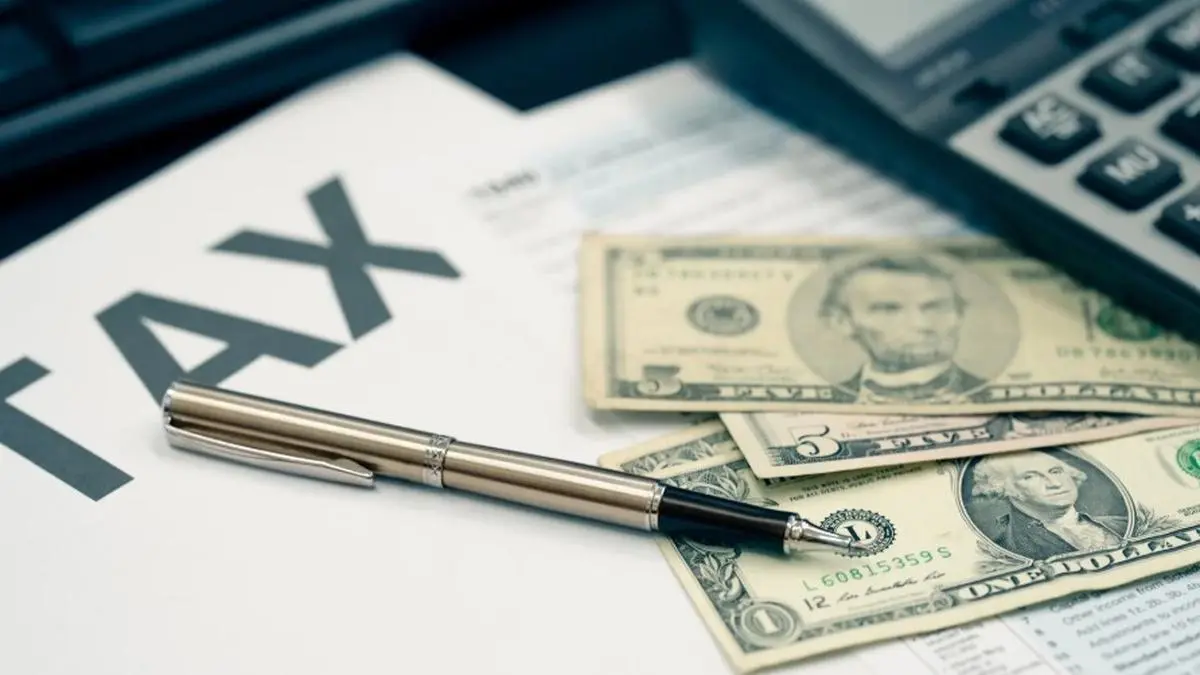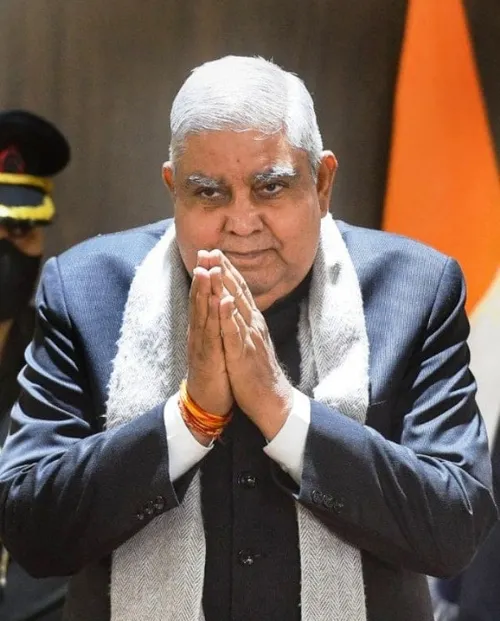
Remittance taxes are a bad idea as they impose double taxation on immigrants, drive away skilled employees and don’t yield much revenue.
| Photo Credit:
cueapi
Bad ideas in taxation have a way of gaining ground. So it is, with the Trump administration’s proposal to impose a 3.5 per cent excise tax on all remittances from the United States into other countries. Significantly, while US citizens may be able to set off the levy against taxes paid, others will not have this facility. The ‘One Big Beautiful Bill’ (BBB) proposing it, has been passed by the House of Representatives and is awaiting the Senate’s go-ahead.
Taxes on capital outflows have been unequivocally opposed by economists on the grounds that they create friction not just for capital, but labour mobility as well. World Bank economists have argued that remittance taxes are a bad idea as they impose double taxation on immigrants, drive away skilled employees and don’t yield much revenue. But such considerations may not be weighing with the US right now. With tax giveaways in the BBB likely to cost $4.6 trillion over the next ten years, the US government is searching for creative ways to shore up revenues. Remittance tax may, therefore, be here to stay. In fact, with America leading the way, other nations with large immigrant populations may be tempted to explore it. There is also the risk of the US tax creeping up in future.
As the largest receiver of global remittances, India is bound to feel the pinch from the US move, though it is unlikely to dry up flows. A March 2025 RBI paper noted that the US was the largest source of remittances into India contributing 27.7 per cent or about $32 billion in FY24. Remittances from the US have played a counter-cyclical role for the Indian economy, shoring up its capital flows and the rupee during crises such as Covid. Though set-off provisions may be available to US nationals and citizens, the tax can still adversely impact flows on three counts. One, RBI data show that over 20 per cent of the remittance money flowing into India by value and 71 per cent by volume is for sums of ₹50,000 or less. These small remitters may be unable to afford the levy and may adjust their transfers accordingly. Two, remitters to India already incur transaction fees and currency conversion costs of 4 to 5 per cent on the sums they send home. A 3.5 per cent levy on top of this — which cannot be set off against taxes paid in the US — may make the cost prohibitive. While immigrants may not scrimp on the money remitted for essential spending by families back home, they may well rethink NRE and FCNR deposits in India.
Finally, any tax usually adds to the popularity of grey market routes to evade it. While the choice for global remitters was earlier restricted to the illegal hawala route, today the cryptocurrency ecosystem offers a much easier conduit. While the crypto-friendly Trump government may not mind such diversion, this will add to India’s black money problem. Overall, there is good reason for the Indian government to take this tax seriously and push back against it in its ongoing trade talks with the US.
Published on May 26, 2025
Anurag Dhole is a seasoned journalist and content writer with a passion for delivering timely, accurate, and engaging stories. With over 8 years of experience in digital media, she covers a wide range of topics—from breaking news and politics to business insights and cultural trends. Jane's writing style blends clarity with depth, aiming to inform and inspire readers in a fast-paced media landscape. When she’s not chasing stories, she’s likely reading investigative features or exploring local cafés for her next writing spot.






